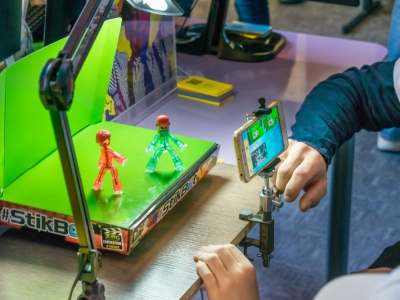If you have an 8mm film lying around, you might want to get it transferred to a video to make sure that the content remains intact. Every time they are projected, they get scratched and damaged so it’s recommended that before the film gets too damaged, you transfer it to video. The best way to carry out an 8mm film transfer is to have it done professionally as this will ensure optimal results. But if you want to do it on your own, you need to know certain things.

Things You’ll Need
When you’re doing it yourself, you’ll need a good 8mm movie projector with variable speed and shutter control. You’ll also need a camcorder that has variable exposure and shutter speed control. In addition to all that, you’ll require either a White Card or Film Transfer Box. If you employ the White Card method, the projector projects the image onto the white card. The camcorder needs to be placed carefully so that its lens parallel with the film projector lens.
The Different Methods
Subsequently, the camcorder captures the picture off the white card and sends it to the DVD recorder or VCR, whichever digital media you’re transferring to. The AV outputs of the camcorder go into the AV inputs of a DVD recorder or VCR. There’s no need to put tape into the camcorder, unless you plan to make a backup copy. The camcorder will provide the live image as an input to the DVD recorder or VCR. In the Film Transfer Box method, the film projector projects the image to a mirror, which is then reflected to the camcorder lens. Subsequently the camcorder captures the picture from the mirror and feeds it to the DVD recorder or VCR.
Factors
The reason you require a movie projector with changeable speed and shutter control and a camcorder whose exposure and shutter speeds can be varied, is that 8mm films usually run at the rate of 18 frames per second while the frame rate of the camcorder is around 30 frames per second.
If you fail to compensate for this frame rate difference, you’ll see frame skips and jumps in the resultant video after it is recorded along with variable flicker. Having variable speed and shutter control will ensure that the transfer from film to video is smoother in appearance. Also, when you transfer film to video, you also need the ability to adjust the aperture of the camcorder to match the original film brightness more effectively.










Comments